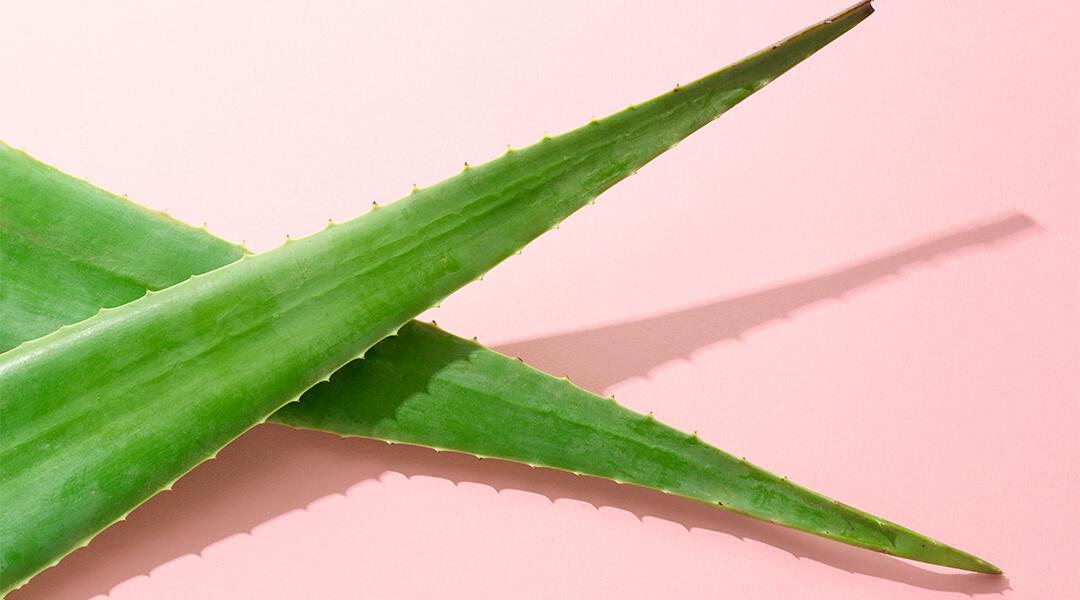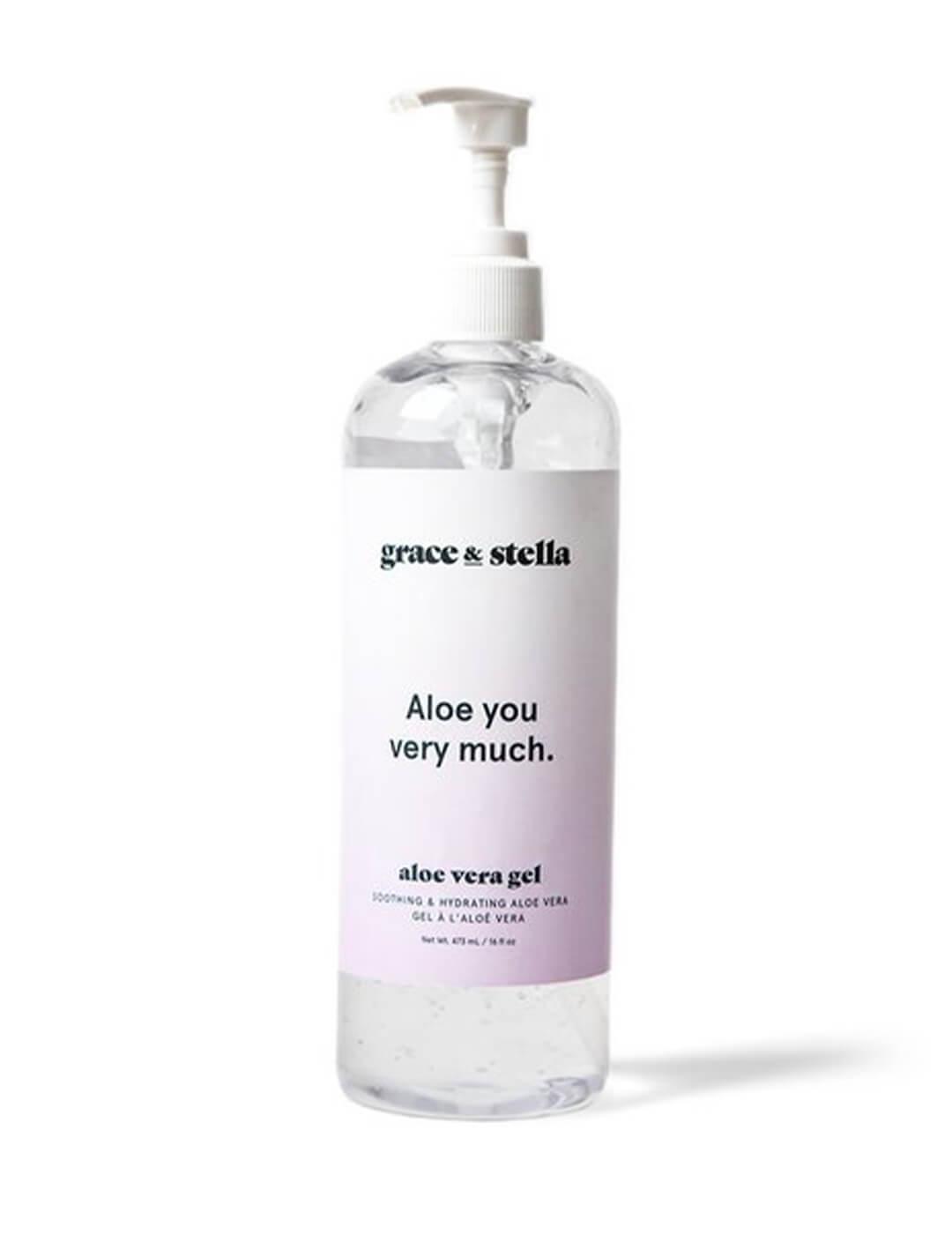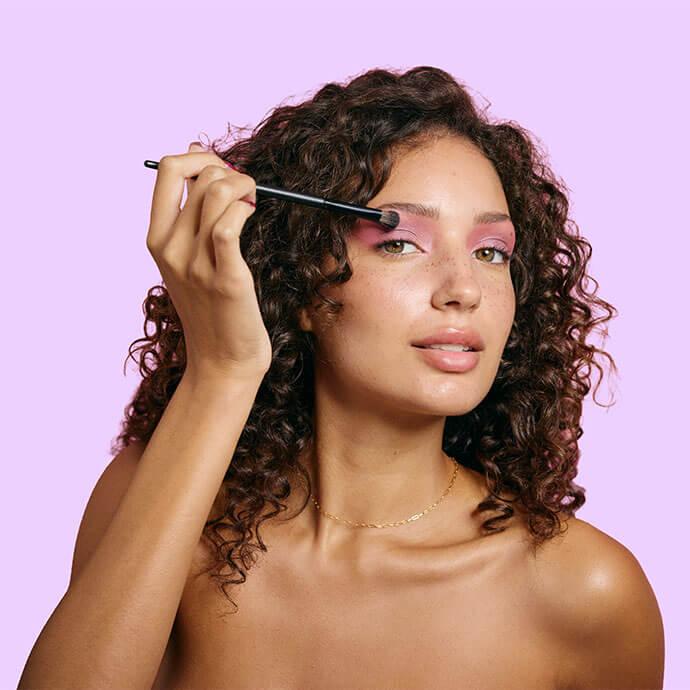Got Heat Rash? Here’s How to Get Rid of It ASAP



Lindy Segal


Sweating in hot weather is inevitable, and sadly it may be doing more harm than just ruining your favorite summer dresses. An excess of sweat can lead to heat rash—also known as miliaria or prickly heat—and appears on the skin via red bumps (or small blisters), skin irritation, and inflammation.
“Heat rash occurs when excessive sweating blocks the sweat glands during hot and humid weather, and it typically goes away in a few days,” explains Kautilya Shaurya, MD, dermatologist at Schweiger Dermatology Group in N.Y.C. It can occur anywhere on the skin, but is commonly seen in areas where skin comes in close contact with clothing or other skin, such as the armpits, chest, and groin. The good news is that in most cases, heat rash can be treated at home. Here are 10 dermatologist-recommended home remedies to keep skin feeling calm, cool, and collected, from prevention tips to soothing topical treatments.


It's about glam time you treated yourself.
1. Use calamine lotion.
Two common signifiers of heat rash: itchy skin and redness. Sound familiar? The calamine lotion you keep on hand for summer mosquito bites may be just as useful for soothing heat rash, too. Made with a combination of zinc oxide and ferric oxide, calamine lotion dries into a thin, powdery film that can help absorb the sweat and bacteria that causes heat rash.


2. Apply aloe vera.
We’re all familiar with the sweet relief that comes from applying calming aloe vera gel to a sunburn, and its effects are similar for heat rash. “Aloe has anti-inflammatory properties, so it can help relieve inflamed skin caused by heat rash,” explains Dr. Shaurya. “It also has cooling properties and can help to lower the higher temperature of the skin.”
We recommend GRACE & STELLA Aloe Vera Gel, a clear, no-nonsense formula that comes in a giant 16-ounce bottle to last all summer long (and then some). Try storing it in the fridge—you’ll thank yourself later, whether you have heat rash or a sunburn.
3. Try neem powder.
Made from neem leaves, neem powder has a cooling effect on skin as well as antimicrobial properties, according to Dr. Shaurya. Made with natural and organic ingredients, Ipster-approved Neem & Lycium Cream from THE ORGANIC PHARMACY helps calm irritated, heat-rash-prone skin when applied up to twice a day. If you prefer to DIY, simply mix a one to three tablespoons of neem powder (depending on the size of the area you want to cover) with a small amount of water until you reach the desired texture, apply directly to the skin, and gently rinse with water after 15 minutes.
4. Take a cold shower or bath.
Because heat rash is caused by, well, heat, it stands to reason that cooling the temperature of your skin can help manage it. One quick way to do just that: Jump in a cool shower. “Taking a cold bath or shower can help stop the skin from sweating more, and thus exacerbating the heat rash,” says Dr. Shaurya. To keep the shower or bath from being uncomfortable, use cool—not ice-cold—water.
5. Take a bath with baking soda.
If you don’t have time to get to the drugstore, another option could be sitting in your pantry. Add three to five tablespoons of baking soda to a lukewarm bath, then soak for 15 to 20 minutes to help soothe itching and redness. However, Dr. Shaurya notes, “further research needs to be done into the benefits of baking soda on irritated skin.”
6. Use colloidal oatmeal.
You’ve likely seen colloidal oatmeal in skincare products tailored to skin conditions like eczema and sensitive skin—and there’s a reason for that. Unlike the oatmeal you eat for breakfast, colloidal oatmeal is especially nourishing and beneficial as a calming agent for skin (think: the oatmeal baths you took when you had chicken pox).
“Oats contain unique polyphenols, called avenanthramides, which have exhibited anti-inflammatory, anti-proliferative, and anti-itching properties,” says Dr. Shaurya. Look for it in lotions and creams, or try making an at-home mask. To DIY: Blitz the oats in a blender or food processor until ground, mix with water to form a paste, apply to affected areas for 10 minutes, then gently rinse with water.
7. Wear moisture-wicking clothing.
One of the best ways to prevent heat rash from happening in the first place is by wearing the right gear. Moisture-wicking fabrics—made from fibers like polyester, merino wool, or even bamboo—absorb sweat away from the skin, so it can evaporate into the air more quickly. “Moisture-wicking or loose clothing can help decrease the possibility of getting heat rash because they are able to dry out quicker than heavy clothing,” explains Dr. Shaurya. “As a result, the skin traps less heat and sweat, keeping the skin somewhat cooler.”
8. Apply an ice pack.
Like taking a cold shower or bath, ice is a fast (and free!) way to cool your skin’s surface temperature. To avoid burning the skin, Dr. Shaurya recommends first wrapping the ice pack in a cloth or towel before applying it to the affected area.
9. Take an antihistamine.
Red bumps, swelling, redness...you may have noticed that symptoms of heat rash have a lot in common with symptoms of mild allergies. “You can also take an over-the-counter antihistamine like diphenhydramine [i.e. Benadryl] or cetirizine [i.e. Zyrtec] to help relieve the itch and any swelling associated with heat rash,” says Dr. Shaurya. An antihistamine cream may also be handy for relieving any lingering itching.
10. Create a sandalwood mixture.
“Sandalwood has been seen to have anti-inflammatory properties, which could help soothe the skin after incurring heat rash,” explains Dr. Shaurya. To create a mixture at home, Dr. Shaurya recommends mixing sandalwood powder with water and applying it to the skin.
If these treatments don’t recalibrate your skin back to normal in a day or two, it’s possible you may have something more critical, like heat stroke. “If you experience more severe symptoms, such as fever and chills, it's important to notify your doctor,” says Dr. Shaurya. Otherwise, keep calm and carry on—there will be no stopping you this summer (with the proper precautions, of course).
Want in on all the Glam Bag fun? Take our Beauty Quiz now to get started. And don’t forget to check us out on Instagram and Twitter @IPSY.
Liked this post? Share!
Related Stories


How-To
How to Apply Eyeshadow: A Beginner’s Guide to Flawless Eye Looks
Published on Dec 4, 2025 • 10 min read


How-To
How to Do Winged Eyeliner Like a Pro (No Steady Hand Required)
Published on Dec 3, 2025 • 9 min read
How-To
Try a Soft Goth Aesthetic This Season to Evoke Your Inner Wednesday Addams
Published on Feb 23, 2023


How-To
Everything You’ve Ever Wanted to Know About Mastering the Art of Bronzer
Published on Nov 5, 2025 • 10 min read


How-To
Blush Sticks 101: How to Apply Them and the Best Blush Sticks to Use
Published on Nov 5, 2025 • 13 min read


How-To
How to Treat Yourself: 39 Simple Self-Care Ideas
Published on Oct 22, 2025 • 15 min read


How-To
How to Cover Melasma With Makeup Like a Pro in 4 Simple Steps
Published on Sep 26, 2025 • 5 min read


How-To
Master Mascara Application With These Game-Changing Tricks
Published on Sep 25, 2025 • 15 min read


Beauty Picked Just for You
Get 5 products worth up to $70
Plus exclusive access to epic deals up to 80% off
Starting at just $14/month. Cancel anytime.